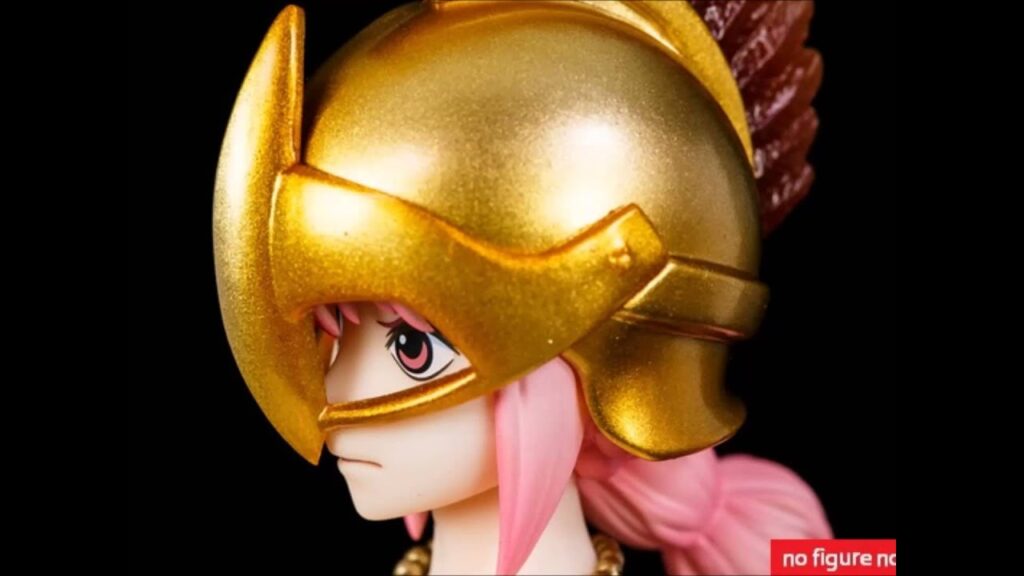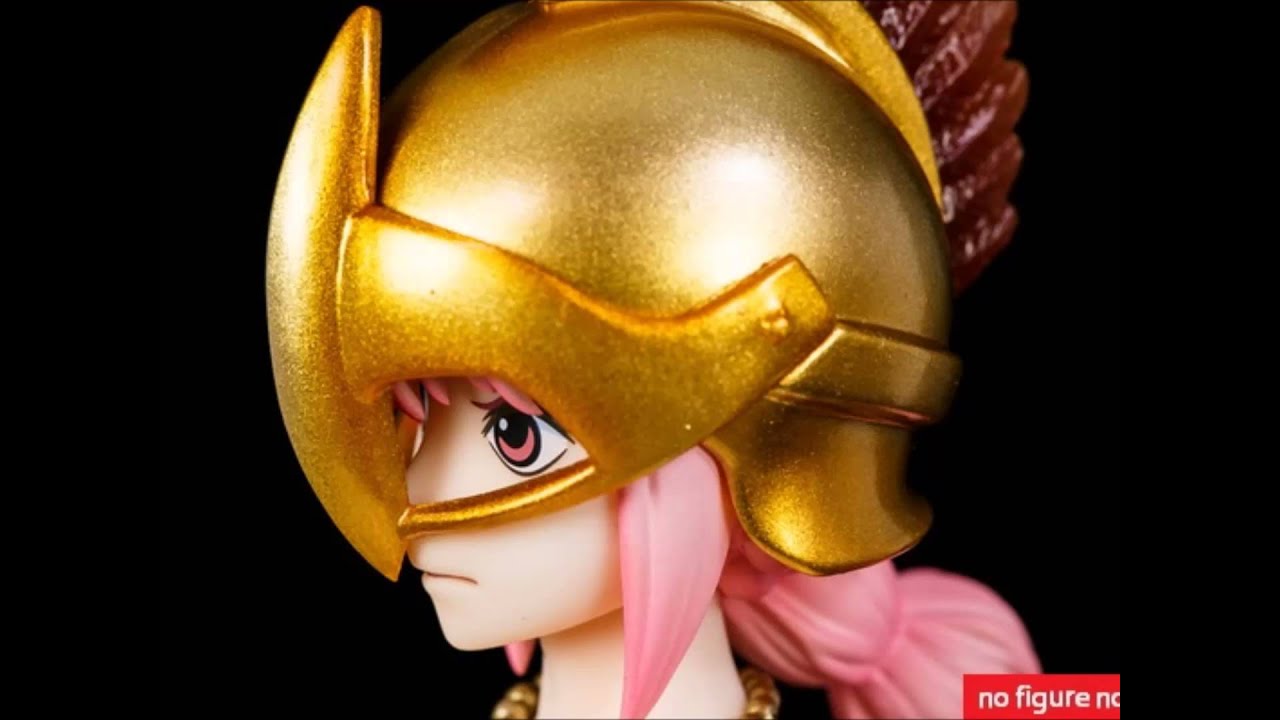
One Piece: Rebecca the Gladiator – From Captive Princess to Hope of Dressrosa
Rebecca, the gladiator of Dressrosa, is a compelling character in Eiichiro Oda’s acclaimed manga and anime series, One Piece. Her story is one of hardship, resilience, and ultimately, hope. Introduced during the Dressrosa arc, Rebecca’s past is intertwined with the tyrannical rule of Donquixote Doflamingo and the tragic events that befell her family. This article delves into the complexities of Rebecca’s character, her fighting style, her relationships, and her significance within the larger narrative of One Piece. We will explore how Rebecca the Gladiator embodies themes of survival, inherited trauma, and the enduring power of love and loyalty.
Rebecca’s Tragic Backstory
Rebecca the Gladiator‘s life was irrevocably altered by Doflamingo’s coup d’état in Dressrosa. Her mother, Scarlett, was the sister of Viola (later known as Violet of the Donquixote Pirates) and a princess of the Riku Royal Family. Scarlett fell in love with and married a soldier named Kyros, and they had Rebecca. However, to protect Rebecca from the dangers of being royalty, Scarlett and Kyros lived in hiding. After Doflamingo seized power, Scarlett was tragically killed by Diamante, one of Doflamingo’s top executives. Kyros, enraged by his wife’s death, attempted to avenge her but was transformed into a one-legged toy soldier by Sugar’s Devil Fruit ability, erasing his existence from everyone’s memories except Rebecca’s.
Orphaned and alone, Rebecca was forced to fend for herself. She was constantly pursued by assassins sent by Doflamingo, who saw her as a threat due to her lineage. However, she was protected and raised by the toy soldier, who was actually her father, Kyros. He instilled in her a strong sense of justice and taught her how to fight to survive. This traumatic past shaped Rebecca the Gladiator into the determined and compassionate individual she becomes.
Rebecca’s Gladiator Journey
To survive and earn money to live, Rebecca the Gladiator participated in the Corrida Colosseum tournaments in Dressrosa. She became a popular gladiator known for her unique fighting style, which relied on agility and evasion rather than brute force. Rebecca refused to kill her opponents, opting instead to use her speed and technique to knock them out of the ring. This pacifistic approach earned her both respect and disdain from the other gladiators, who often saw her as weak. She’s a skilled fighter, but her reluctance to kill stems from her father’s teachings and her own moral compass. Her battles in the Corrida Colosseum are a testament to her resilience and determination.
Fighting Style and Abilities
Rebecca‘s fighting style, taught by Kyros, is based on the “Back Water Sword Dance.” This technique emphasizes speed, agility, and evasion. She uses a sword, but primarily relies on dodging and deflecting attacks rather than engaging in direct combat. Her goal is to outmaneuver her opponents and knock them out of the ring without causing fatal harm. This is a crucial aspect of her character, highlighting her compassion and refusal to succumb to the brutality of the gladiator arena. Rebecca the Gladiator is not just a fighter; she is a symbol of hope and resistance against Doflamingo’s oppressive regime.
Relationships and Alliances
Throughout the Dressrosa arc, Rebecca forms several important relationships that help her navigate the dangers of the island and ultimately contribute to Doflamingo’s defeat. Her relationship with her father, Kyros (in his toy soldier form), is the most central. Despite his altered appearance and the fact that others cannot remember him, their bond remains unbreakable. Kyros’s unwavering love and support are crucial to Rebecca‘s survival and her determination to fight for a better future.
Rebecca also develops a connection with Monkey D. Luffy and the Straw Hat Pirates. Luffy recognizes her strength and compassion and becomes determined to help her overthrow Doflamingo. Their alliance is essential to the success of the rebellion. Other key relationships include her connection with Viola (her aunt) and the other gladiators who eventually join the fight against Doflamingo. These alliances demonstrate the power of unity and the importance of fighting for what is right.
Rebecca’s Role in the Dressrosa Arc
Rebecca the Gladiator plays a pivotal role in the Dressrosa arc. Her presence in the Corrida Colosseum attracts the attention of Luffy and the Straw Hats, leading them to uncover Doflamingo’s sinister plans. Her tragic backstory and her unwavering determination to survive inspire others to join the rebellion. She becomes a symbol of hope for the people of Dressrosa, who have suffered under Doflamingo’s rule. Her participation in the final battle against Doflamingo’s forces is crucial to securing the island’s liberation.
Furthermore, Rebecca‘s lineage as a princess of the Riku Royal Family adds another layer of significance to her role. Her connection to the former rulers of Dressrosa makes her a natural figurehead for the rebellion and a symbol of the island’s return to its former glory. Her eventual reunion with her father, Kyros, after Sugar is defeated and his existence is restored, is one of the most emotionally resonant moments in the arc.
Themes and Significance
Rebecca‘s story explores several important themes within One Piece. One of the most prominent is the theme of inherited trauma. Rebecca is forced to grapple with the loss of her mother, the transformation of her father, and the oppression of Doflamingo’s regime. Her experiences highlight the lasting impact of trauma on individuals and communities and the importance of healing and resilience. [See also: One Piece: Trauma and Recovery]
Another key theme is the power of love and loyalty. Rebecca‘s unwavering love for her father, Kyros, and his unwavering dedication to her are central to her character. Their bond demonstrates the enduring strength of familial love and the importance of fighting for those you care about. Rebecca‘s relationships with Luffy and the other gladiators also highlight the importance of friendship and solidarity in the face of adversity.
Finally, Rebecca‘s story underscores the importance of hope and resistance in the face of oppression. Despite the hardships she has faced, Rebecca never loses her hope for a better future. Her determination to fight for justice and her refusal to succumb to despair inspire others to join her cause. She becomes a symbol of resistance against Doflamingo’s tyranny and a beacon of hope for the people of Dressrosa. The character of Rebecca the Gladiator also showcases the strength of women in the One Piece universe.
Conclusion
Rebecca the Gladiator is a multifaceted and compelling character in One Piece. Her tragic backstory, her unique fighting style, her important relationships, and her pivotal role in the Dressrosa arc make her a memorable and significant figure in the series. Her story explores themes of inherited trauma, the power of love and loyalty, and the importance of hope and resistance. Rebecca‘s journey from a captive princess to a symbol of hope for Dressrosa is a testament to her resilience, her compassion, and her unwavering determination to fight for a better future. She stands as a powerful example of how even in the face of overwhelming adversity, the human spirit can endure and triumph. Rebecca‘s legacy as a fighter and symbol of hope continues to resonate with fans of One Piece. Her story is a potent reminder that even the smallest act of resistance can have a profound impact on the world. The tale of Rebecca the Gladiator teaches us about perseverance, kinship, and the enduring fight for freedom. Rebecca‘s impact extends beyond the Dressrosa arc, solidifying her as an integral part of the One Piece narrative. She embodies the spirit of the oppressed rising against tyranny and serves as an inspiration to all those who strive for a better world. The character of Rebecca truly demonstrates the power of the human spirit. [See also: One Piece: Notable Female Characters]

